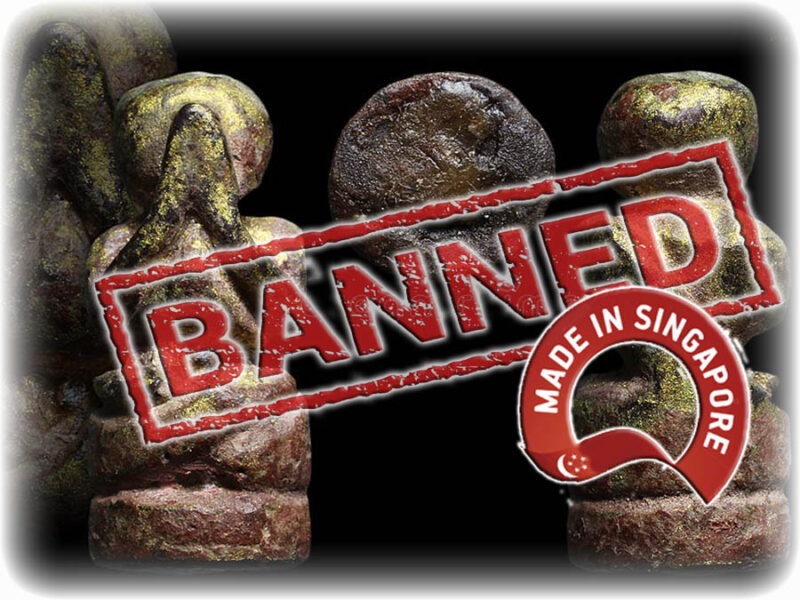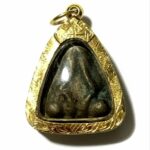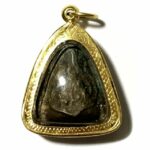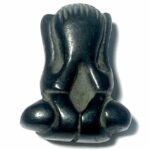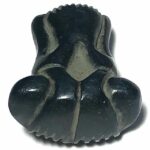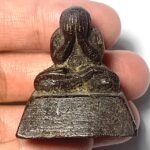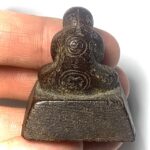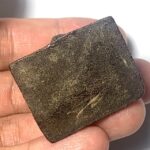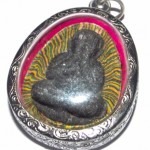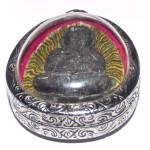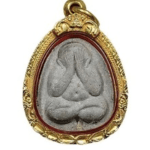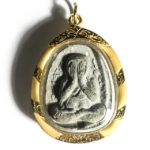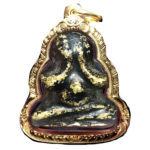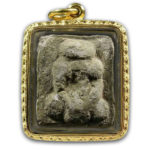The Illegalization of Phra Pidta Amulets in Singapore in the 1970s: An Affront to Religious Freedom
Singapore is world famous for its Human Rights impingements, but this Thai Amulet story puts the icing on the cake, to make the leaders of Singapore look like a bunch of total nincompoops, as well as revealing them as committing crimes against Religious Beliefs. In the 1970s, Singapore passed a law that made it illegal to wear or own Thai Phra Pidta amulets. This move was seen as an impingement on religious freedom and was met with worldwide criticism. The Phra Pidta amulet is a symbol of the Buddhist faith and is believed to offer protection to the wearer.
The Thai Pidta amulet features a monk sitting in a half-lotus position with his hands covering his eyes. The literal translation of “Pidta” means closed eyes, signifying the closure of the six senses where ultimate focus and peace can be attained. I do ponder perhaps if the Singapore Government were more afraid that criminals might perhaps truly have powerful magic that can beat their systems, more than being afraid of having to catch criminals wearing an amulet that they believe does not work! It seems to me, that the Singapore Government is afraid of the power of Thai amulets, for it empowers its people tto overcome the difficulties their own government set on them, and rise above the working class breadline level, to find true wealth and success.
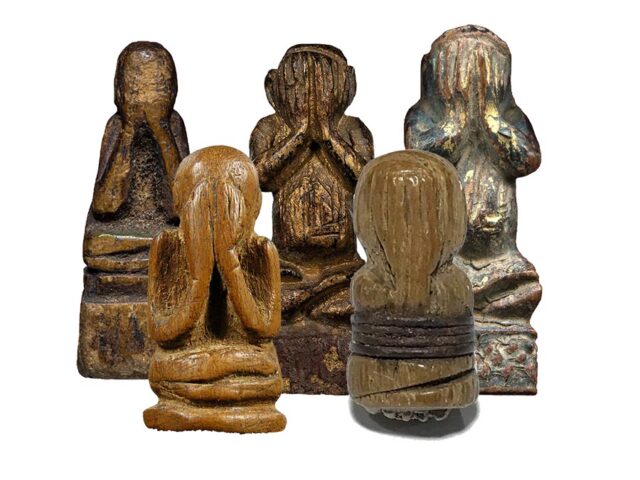
The amulet is popular both in Thailand and around the world, with many top Thai monks producing their own versions. The value of Phra Pidta amulets fluctuates due to a handful of factors such as the materials used, the monk who produced them, and the rarity of the piece, with some fetching upwards of two million Thai baht (64,000 USD).
Despite the amulet’s popularity, the Singaporean government felt that it was inspiring youth to commit crimes without fear of getting caught. According to them, followers also believed they could get into fights without feeling pain, thus inspiring criminal acts and violence. However, this view is not shared by many, and the law was seen as an impingement on religious freedom and an affront to human rights.
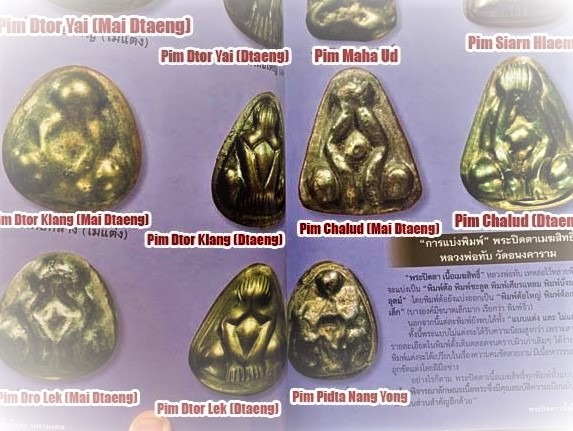
It is not the object that is at fault but rather the wrong views of the criminal-minded wearer. In fact, one of the rules of wearing a Phra Pidta amulet is to keep the five Buddhist precepts, otherwise, the amulet is said to not work for evildoers. Moreover, in the case of criminals, most would commit a crime with or without such a Phra Pidta amulet.
The move by the Singaporean government to illegalize the wearing of the Phra Pidta amulet was seen as absurd by many. After all, there are endless objects that people may consider ‘invincibility’ inducing. Should we illegalize all of them? This law was a clear affront to religious freedom and the human right to wear an object of religious faith.
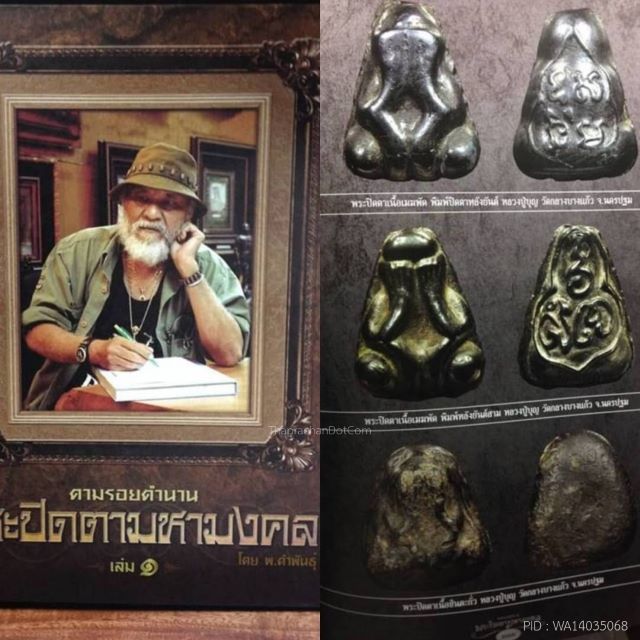
The Phra Pidta amulet is a symbol of Thai Buddhist culture and miniature Buddhist arts. It is a sacred object that holds deep meaning to the Buddhist faith. To illegalize its wearing is to deny the religious rights of individuals who hold this amulet dear to their hearts. The Singaporean government, in this case, failed to understand the significance of the amulet to its followers.
In conclusion, the illegalization of Phra Pidta amulets in Singapore in the 1970s was a clear affront to religious freedom and human rights. The move was seen as absurd by many, and it is not the object that is at fault but rather the wrong views of the criminal-minded wearer. The Phra Pidta amulet is a symbol of Thai Buddhist culture and miniature Buddhist arts, and to illegalize its wearing is to deny the religious rights of individuals who hold this amulet dear to their hearts. We must ensure that such a move is not repeated anywhere in the world and that religious freedom is respected at all times.
